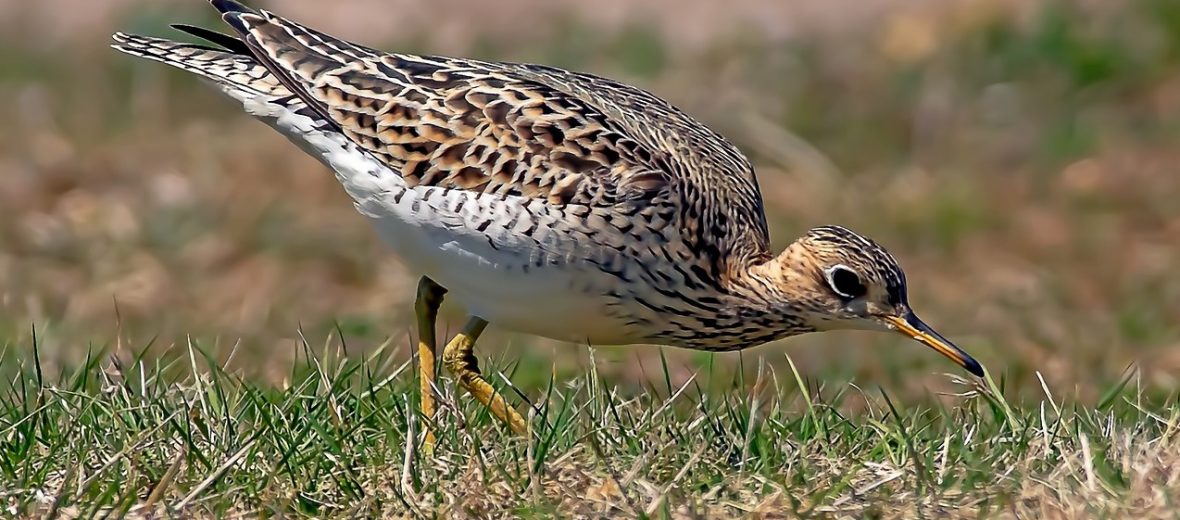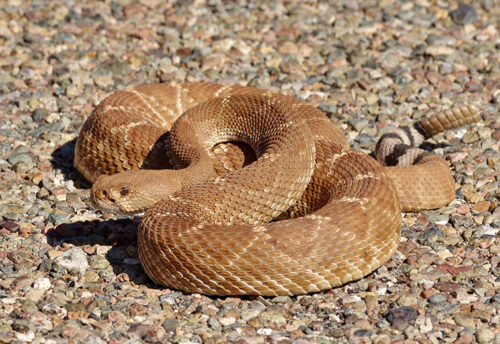
The upland sandpiper, aka upland plover, papabotte, and Bartram’s sandpiper, has a large demographic as they can be found in North America, Mexico, Central America, and South America. These birds have also been spotted in Australia and New Zealand. They prefer open countrysides with tall grasses and coastal habitats. However, they are also found hanging out at blueberry farms, airports, and abandoned strip mines located in the eastern United States. With wild numbers ranging around 750,000 and no real threats, sans habitat destruction, pollution, and secondary poisoning from eating insects exposed to insecticides, these birds are listed as Least Concern by the IUCN. Their numbers are also increasing.
First the Stats…
Scientific name: Bartramia longicauda
Weight: Up to 5 ounces
Length: Up to 12 inches
Wingspan: Up to 26 inches
Lifespan: Up to 9 years
Now on to the Facts!
1.) Their genus name as well as their common name Bartram’s sandpiper are meant to commemorate the American naturalist William Bartram.
2.) These birds prey on grasshoppers, crickets, beetles, insect larvae, moth caterpillars, spiders, centipedes, millipedes, earthworms, snails, and many more. They also consume grass and weed seeds, as well as waste grain found in fields.
3.) The call of these birds sounds like a wolf whistle. It is a long ascending whistle followed by a secondary rising/falling call.
4.) Coyotes, hawks, owls, and gulls all prey on these birds or their eggs.
5.) A group of sandpipers is called a fling.
But wait, there’s more on the upland sandpiper!
6.) The nest is built in tall grass, on the ground.
7.) Females lay up to 7 eggs each season.
Did you know…?
Each year, between September – October, some sandpipers migrate to the Ozogoche lagoons, in southern Ecuador. Hundreds of them will swoop down and dive into the icy waters of these lagoons, where they die of hypothermia. The reasoning behind this is still uncertain.
8.) The chicks are born precocial (self sufficient) and are able to leave the nest almost immediately after hatching.
9.) These birds are primarily found in the Midwest, in Canada and the United States.
10.) Agriculture has taken a toll on these critters, as cattle tend to trample and consume the grasses in which they lay their eggs. They also trample the sandpiper’s nests and eggs.
Now a Short Upland Sandpiper Video!
Be sure to share & comment below! Also, check out the Critter Science YouTube channel. Videos added regularly!
Want to suggest a critter for me to write about? Let me know here.



